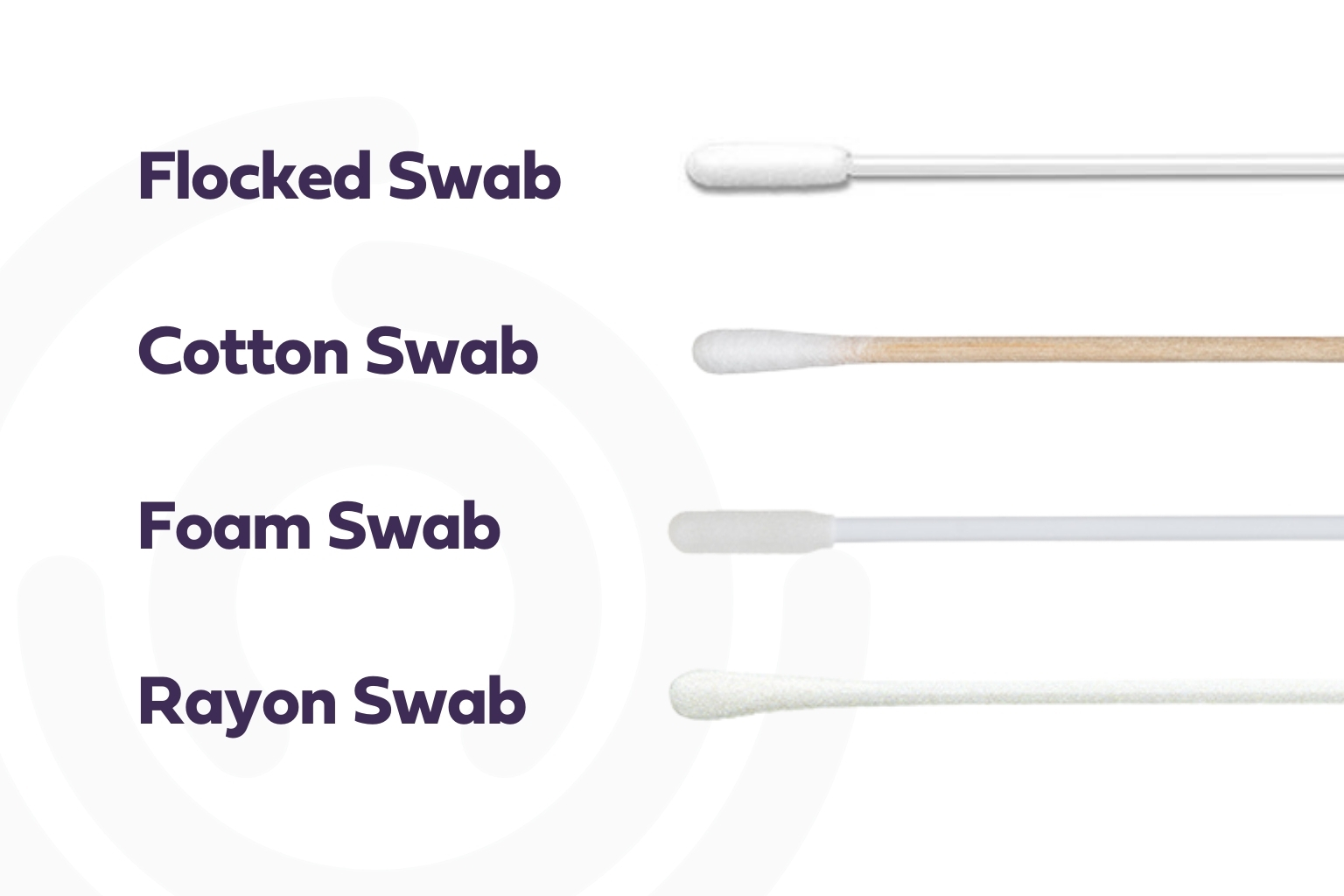- News
- The Different Types of Specimen Collection Swabs
News
The Different Types of Specimen Collection Swabs
Before COVID-19, it’s fair to say that specimen collection swabs received little attention from the mainstream media and people outside of the healthcare industry. Of course, that changed with the pandemic, which caused the need to scale testing rapidly. Since then, at-home test kits have become more available to the average person to test for COVID-19 and other conditions, and people have learned more about collection swabs than expected.
If you work in healthcare, a swab test is part of everyday life, and it’s essential to always have the right swab available for the job at hand. Let’s take a quick look at the leading options on the market today.
Types of Tips
Two main components make up a specimen collection swab – the tip and the stem. In this section, we’ll discuss the popular tip options and look closer at the stems below.
The purpose of a specimen collection swab tip is always the same, regardless of its material or design: the tip is supposed to collect a sample from the patient. Once a sample is collected, it can be moved appropriately to the lab for analysis. Some of the leading swab tip types are listed below.
Flocked Swab
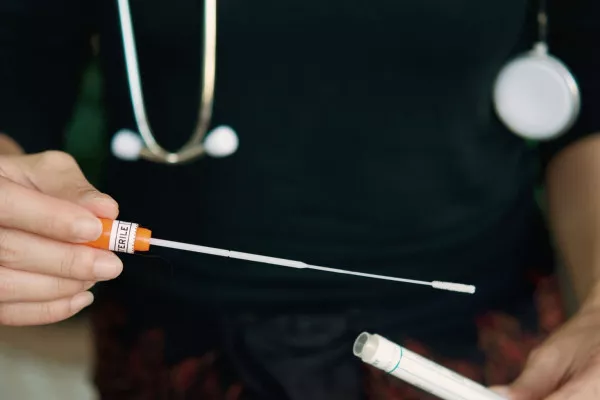
The design of a flocked swab tip is meant to collect as many cells as possible from the patient, even when somebody can only swab a small area. This swab’s polyester fibers and flocked design achieve impressive results, and testing can be performed for many different reasons.
Cotton Swab
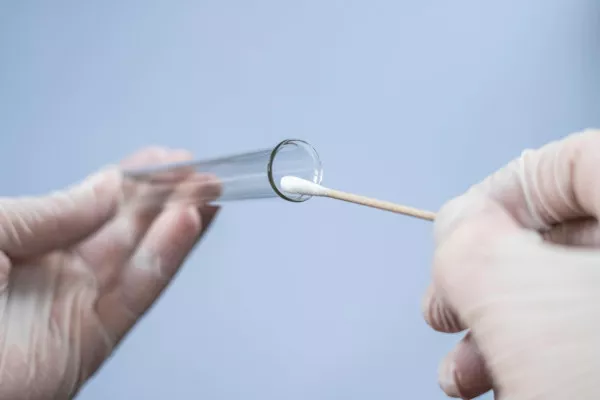
This might be the first tip material that you think of when imagining a collection swab. While newer, high-tech materials now dominate more of the market, there is still room for a standard cotton swab in some applications. When swabbing the inside of the mouth, for example, the softness of a cotton tip is a good selection.
Foam Swab
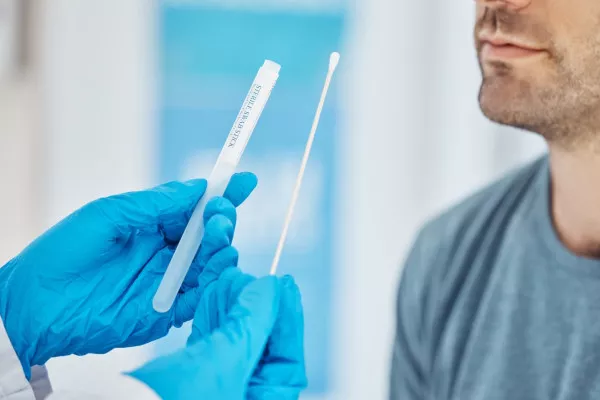
The absorptive nature of foam makes this swab exceptionally qualified for some types of specimen collection. Foam swabs easily collect liquids, and plenty of tip sizes are available so the swab can be tailored perfectly to the task at hand.
Rayon Swab
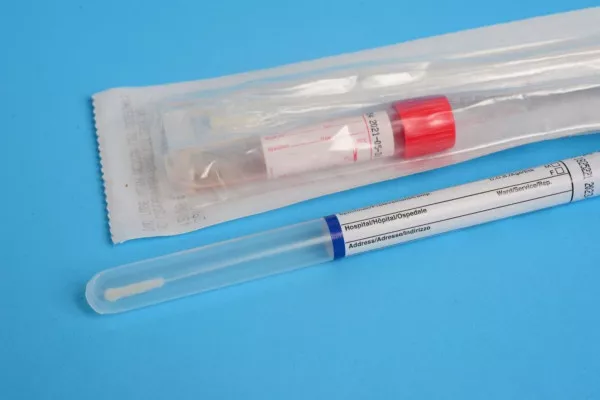
You can opt for a rayon tip in many of the same situations that call for a cotton swab test. And, while rayon can offer many of the same performance benefits as cotton, it can come at a lower cost.
Stem Considerations
While the stem of the swab doesn’t collect the sample, it helps the healthcare professional access the testing site. For instance, the preferred site for COVID-19 testing is the nasopharyngeal area. A flexible plastic stem is the tool of choice to reach that spot with a swab. However, if flexibility is not required, such as when swabbing the cheek, it might be sufficient to use a wood stem.
Another point to keep in mind regarding swab stems is the breakpoint. Many tests require the tip of the swab to be broken off in a tube before transport to the lab. To make that process easier, the stem is made thinner in a strategic spot so it will break in that spot when bent. As you order your swabs, pay attention to the location of the breakpoint on the stem and compare that with the vials you will use for transport.
A Look into the Future
3D printing is an exciting technology making an impact in a variety of markets. With rapid prototyping possible, 3D printing technology allows for swabs to be designed and created in a short time. This was done for COVID-19 testing to help fill the shortage of swabs and will likely be used in various applications moving forward.
Stock Up Today
Specimen swabs may get more attention during a pandemic, but they are always important. Whether it is testing for COVID-19 or any of the countless other issues that can affect the human body, using the right swab is crucial. For quality specimen collection supplies at competitive prices, work with BioTouch to fill your needs. Contact us today to learn more or to seek assistance from our knowledgeable team.
About BioTouch
BioTouch is a single-source, international provider that brings a higher level of care to healthcare delivery, spanning medical kit and supply distribution, printing, logistics, temperature-control, and last-mile services.
Our solutions help eliminate silos and give laboratories and hospitals all the critical intelligence needed to create new efficiencies across the entire organization, allowing you to focus on what you do best: patient care.
